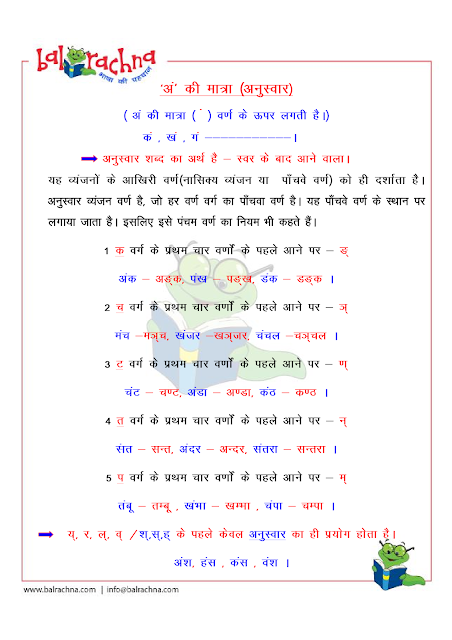Adjectives are known as Visheshan ( विशेष गुण) in Hindi.
Visheshan is ‘describing words’
which describe a person, place, thing or state. In other words, they describe the action,
state, quality or quantity of nouns/pronouns.
It’s important to remember that the noun word
associated with an adjective is called विशेष्य.
Without the presence of a noun word or विशेष्य, the use of adjectives is worthless.
In Primary classes, we introduce four types of
Adjectives –
1.
गुणवाचक विशेषण (Adjective of Quality)
2.
संख्यावाचक विशेषण (Adjective of Number)
3.
परिमाणवाचक विशेषण (Adjective of Quantity)
4.
सार्वनामिक/संकेतवाचक विशेषण (Demonstrative
Adjective )
Earlier I had posted about Adjectives/Visheshan
for Preparatory classes. I’m sharing the link to that post…
https://balrachna.blogspot.com/2020/02/visheshan-adjective-3-describing-words.html
In this post I am uploading notes along with
the practice worksheets to help the teachers/parents to help their kids to
understand the concept of Adjectives /Visheshan
In case of any queries feel free to get in touch.
Happy teaching!!!!




























